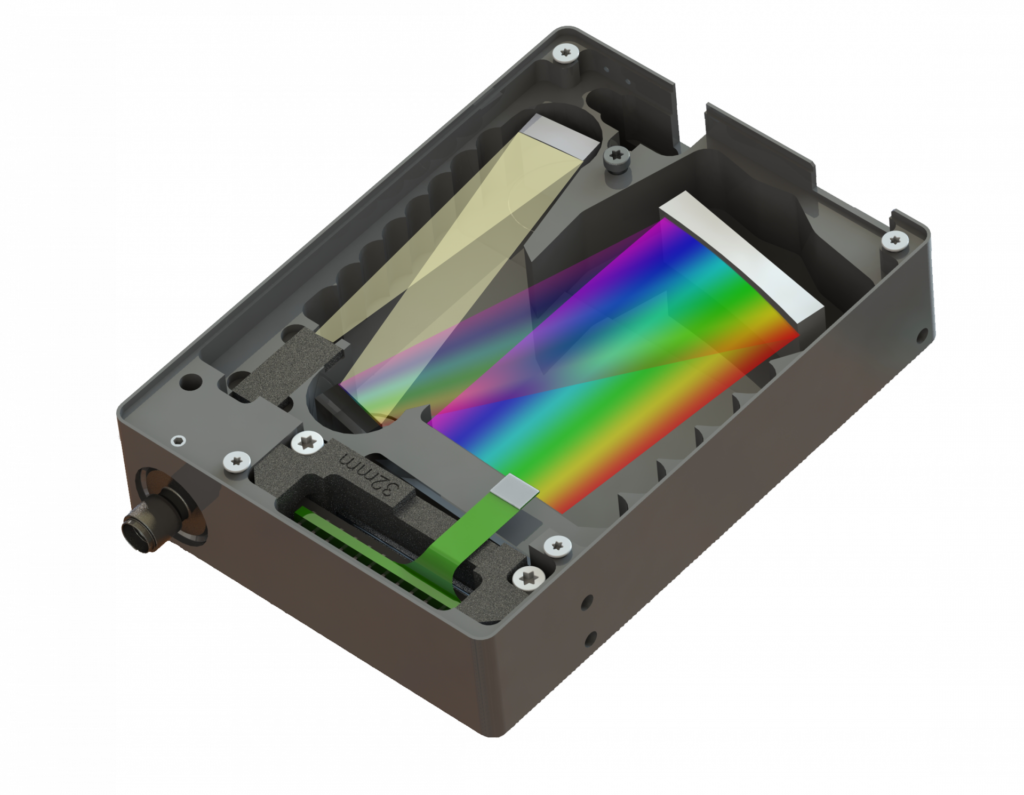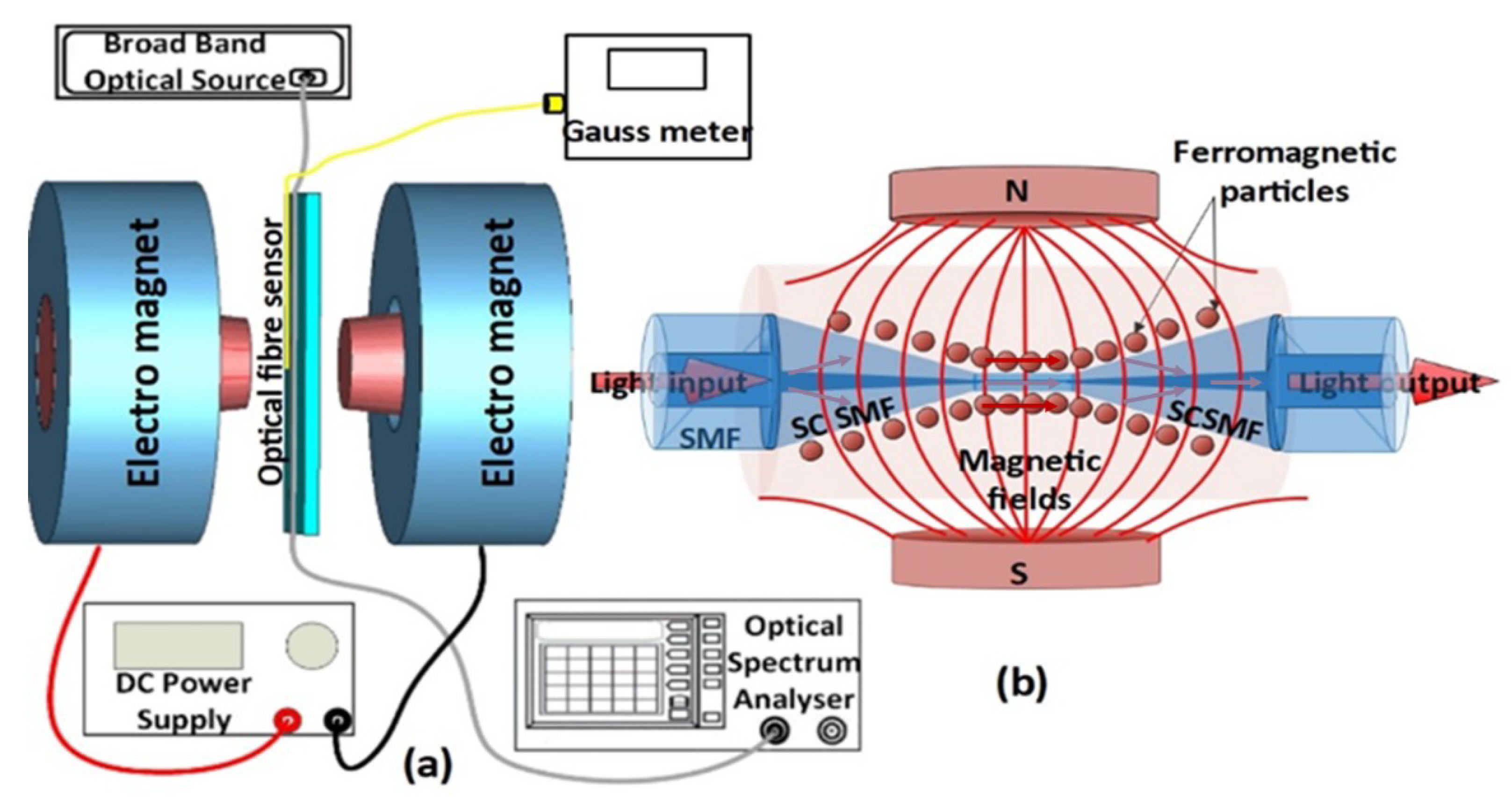Optical Fibre Diameter Analyser Devices for Field and Field Use
Optical Fibre Diameter Analyser Devices for Field and Field Use
Blog Article
Maximize Your Fiber Optic Efficiency: Comprehending Optical Fibre Diameter Analyser Modern Technology
The efficiency of fiber optic systems is critically affected by the precision of their diameter, an element usually neglected in the pursuit of optimum signal stability. Comprehending the modern technology behind optical fibre size analysers reveals the complex balance between dimension precision and production top quality.
Relevance of Optical Fiber Size
The size of optical fibre plays a crucial function in establishing the efficiency and efficiency of communication systems. It affects several crucial criteria, including the mode of light propagation, attenuation, and bandwidth capacity. Larger sizes usually enable multiple light modes, assisting in greater information transmission rates. On the other hand, smaller sized sizes often tend to sustain fewer modes, which can enhance signal clearness and minimize crosstalk.

Furthermore, understanding the size's effects can cause cost savings by decreasing the demand for signal boosting and repeaters in substantial networks (optical fibre diameter analyser). Finally, the value of optical fiber size can not be overstated, as it directly influences the general efficiency and reliability of modern-day communication systems

How Size Impacts Signal Quality
Signal high quality in optical fiber systems hinges dramatically on the diameter of the fiber. A smaller diameter can lead to greater attenuation rates, resulting in signal loss as light trips with the fiber.
Conversely, larger sizes typically permit improved light capture and minimized modal diffusion, enhancing signal clearness. In multimode fibers, a larger core diameter can sustain numerous light modes, however it might likewise present intermodal diffusion, which can deteriorate signal top quality. Choosing the ideal fiber size is essential for accomplishing the wanted efficiency in details applications.
In addition, the communication between the fiber diameter and the wavelength of the light made use of plays an important function in determining the reliable transmission distance and total signal integrity. Thus, comprehending how fibre size affects signal high quality is important for network developers and engineers aiming to optimize optical fiber systems for reliable, high-speed information transmission.
Review of Diameter Analyser Modern Technology
In many optical fiber production processes, exact dimension of fibre size is crucial for guaranteeing regular efficiency and quality (optical fibre diameter analyser). Size analysers are innovative instruments created to assess the physical measurements of optical fibers with high accuracy. They utilize advanced optical and laser technologies to determine the size, ovality, and concentricity of the fiber, hence providing vital information for top quality control
These analysers can run in-line throughout the production procedure or as part of off-line testing procedures. In-line systems make it possible for real-time surveillance, enabling suppliers to readjust specifications instantly, thereby keeping optimal manufacturing conditions. Off-line analysers, on the other hand, offer thorough assessments of batches, making sure that any kind of discrepancies from specified tolerances are identified and dealt with.
Diameter analysers significantly add to the reduction of defects in optical fibers, boosting total item dependability. By constantly determining essential specifications, these technologies help with compliance with industry criteria and requirements. As the need for high-performance optical fibres remains to rise, the role of size analysers comes to be significantly essential in attaining the preferred quality and efficiency criteria in fibre optic systems.
Key Features of Fiber Diameter Analysers
Although numerous designs of fibre size analysers exist, they frequently share a number of key attributes that improve their performance and reliability. Among the most significant attributes is high-resolution measurement capacities, which make sure accurate size readings, critical for maintaining top quality control in fibre manufacturing. Furthermore, many analysers include sophisticated optical sensing units developed to detect minute variants in fibre size, therefore offering important information for process optimization.
An additional crucial attribute is real-time tracking, enabling drivers to get prompt feedback on fibre size throughout the manufacturing procedure (optical fibre diameter analyser). This capability assists in fast changes and minimizes the likelihood of flaws. Several analysers additionally come geared up with straightforward interfaces, allowing drivers to easily browse via information and settings outcomes
Furthermore, robust information storage and analysis functionalities are essential for tracking historic performance trends and making certain compliance with industry requirements. These features jointly contribute to the efficacy of fiber diameter analysers in optimizing fiber optic efficiency.
Best Practices for Fiber Optimization

First, normal calibration of optical fibre size analysers is necessary. This guarantees accurate dimensions and reduces possible inconsistencies that could influence efficiency. Next, preserving a clean functioning environment is essential; dust and impurities can cause signal destruction.
Additionally, it is very important to choose fibers that meet certain application requirements. This entails evaluating aspects such as attenuation, data transfer, and environmental conditions. Correct installation methods should likewise be complied with, including preventing sharp bends and excessive tension, which can jeopardize fiber integrity.
Moreover, employing sophisticated tracking systems can facilitate real-time performance evaluations, making it possible for prompt identification of concerns. Normal testing and maintenance must be performed to ensure that fibres stay within optimum functional parameters.
Finally, training workers on the most recent fiber optimization technologies and approaches will certainly boost their useful source capacity to implement effective techniques. By complying with these ideal practices, organizations can dramatically enhance the efficiency and life-span of their optical fibre systems, making certain efficient communication and data transfer.
Final Thought
In final thought, the assimilation of optical fiber size analyser innovation is critical for taking full advantage of fibre optic performance. By guaranteeing accurate measurements of fibre dimensions, these analysers significantly boost signal top quality and lower losses throughout information transmission. Routine calibration and maintenance of the analysers are vital to maintain optimum efficiency and compliance with industry standards. Inevitably, the application of this modern technology assists in enhanced data transmission rates and reinforces signal stability, contributing to the overall performance of fiber optic systems.
Signal top quality in optical fibre systems pivots substantially on the diameter of the fiber.In numerous optical fiber manufacturing procedures, precise measurement of fiber size is necessary for guaranteeing regular performance and top quality. view it As the need for high-performance optical fibres continues to climb, the function of size analysers becomes significantly important check my reference in accomplishing the desired high quality and performance requirements in fibre optic systems.
These functions jointly add to the efficiency of fibre diameter analysers in maximizing fibre optic performance.
In verdict, the assimilation of optical fiber diameter analyser technology is important for maximizing fibre optic performance.
Report this page